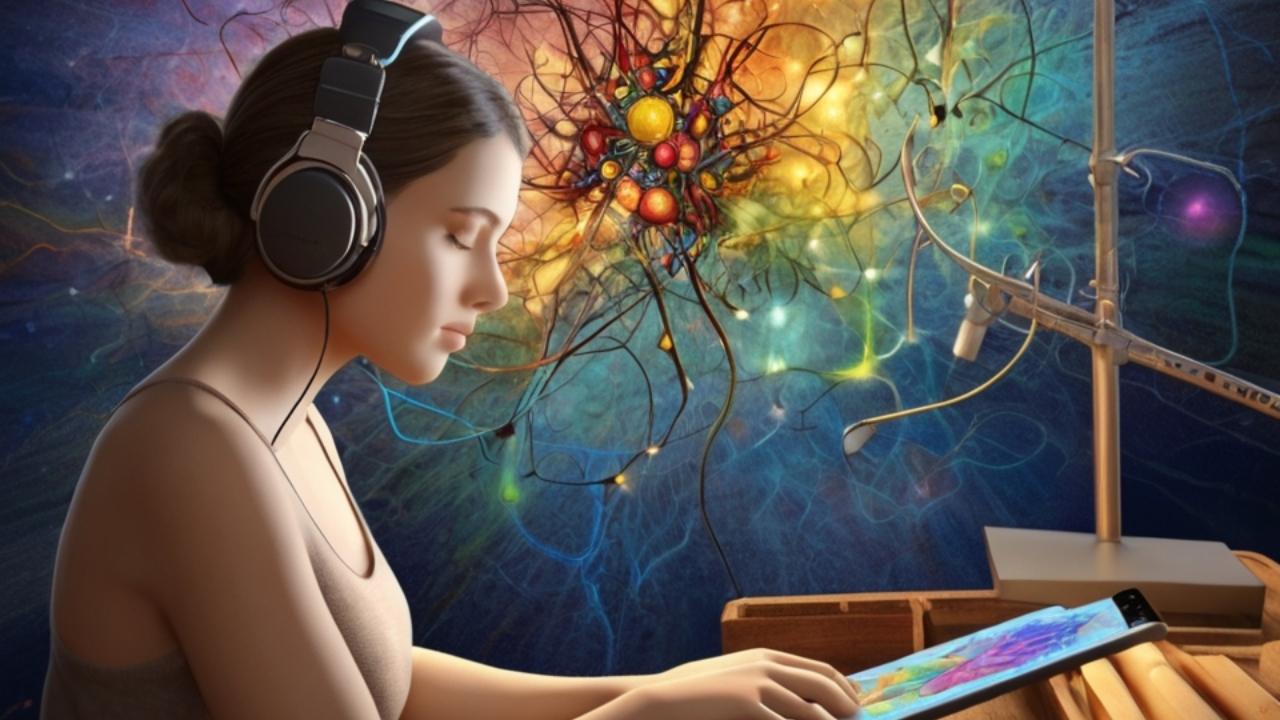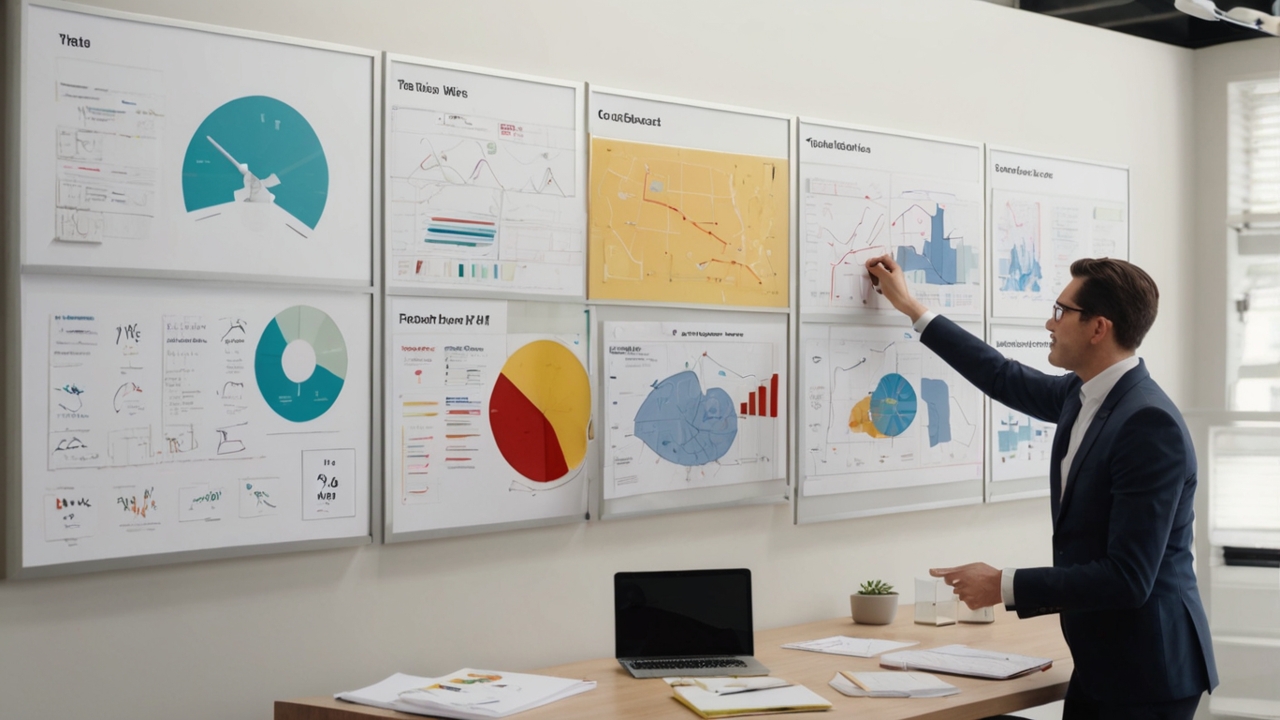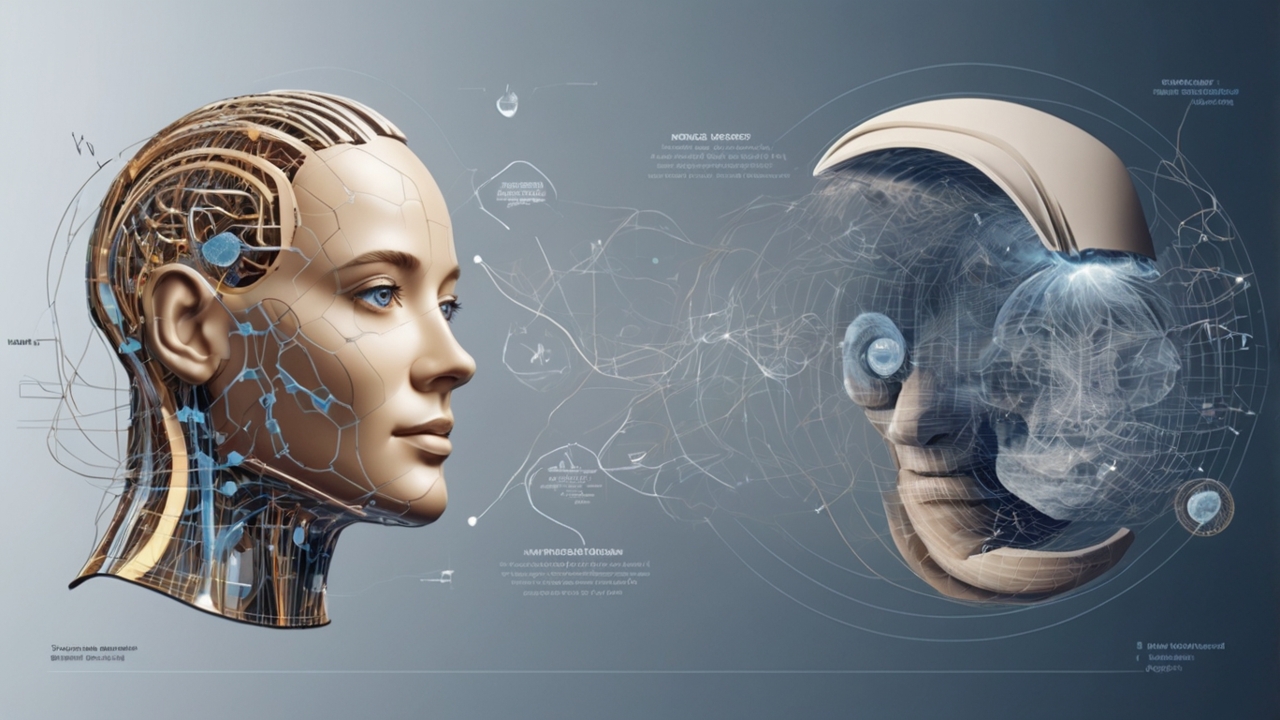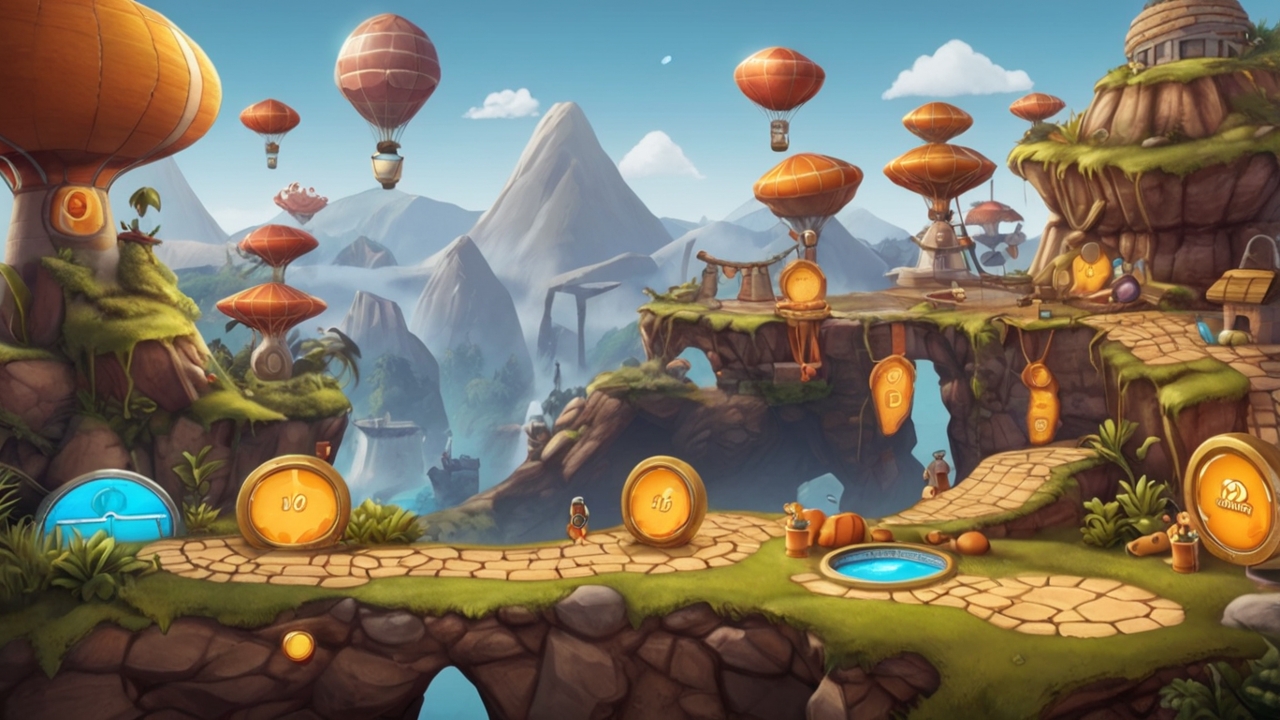Mayumiotero – In the modern world, where distractions never stop buzzing, artists are searching for ways to regain control of their attention. That’s where Visual Neurofeedback Apps come in. These tools bridge neuroscience and creativity, helping artists train their brains to achieve deeper focus. By turning brainwaves into visuals, they invite creators to connect with their thoughts in real time. The result isn’t just improved concentration it’s a new way to experience art itself.
“Read Also: Google Cloud Unveils Gemini Enterprise: The Future of AI in the Workplace“
Where Science Meets Creativity
Neurofeedback was once confined to therapy rooms and research labs. Now, through innovation, it has entered the hands of creators everywhere. The technology works by reading brainwave activity through EEG sensors and translating it into moving visuals. Artists can literally see their concentration, calm, or stress as shifting colors or patterns on a screen. Over time, the brain learns to repeat the states linked with focus and creativity. This transformation marks the fusion of science and art, where self-awareness becomes a creative instrument.
The Hidden Language of Brainwaves
Every thought and feeling produces a wave. Alpha waves emerge when we’re calm, while beta waves rise with focus. Theta waves often appear when imagination flows freely. Visual Neurofeedback Apps translate these invisible rhythms into real-time feedback. When an artist’s mind drifts, the visuals might blur or fade. When concentration sharpens, the colors brighten and move smoothly. This instant response teaches the brain to self-regulate, making focus a skill rather than a fleeting moment of luck.
The Science of Flow, Merging Brainwaves with Imagination
Artists often describe moments of pure immersion as being “in the zone” a psychological state of effortless focus known as flow. Visual Neurofeedback Apps can facilitate entry into this state by training the mind to balance relaxation with alertness. Neuroscientific studies show that during flow, alpha and theta waves synchronize, fostering creativity and problem-solving. Through repetitive feedback, users learn to recognize and reproduce this mental state at will. Essentially, these apps bridge the gap between the subconscious and the canvas, translating invisible brain activity into tangible creative control.
A New Companion for the Modern Artist
For digital creators, the appeal of neurofeedback lies in its blend of science and self-expression. Imagine a digital painter using an app that reacts to their brainwaves calming visuals emerge when focus peaks, and chaotic colors swirl when distractions strike. The process becomes both introspective and interactive, turning creativity into a dialogue between the artist and their own neural rhythm. Unlike caffeine or external motivation, this tool encourages organic self-discipline rooted in awareness rather than stimulation, making it an invaluable ally for those battling creative blocks.
Popular Visual Neurofeedback Apps Leading the Trend
Several Visual Neurofeedback Apps have already begun shaping this new creative landscape. Apps like Muse, NeuroSky MindWave, and FocusCalm offer guided feedback for mental training, while platforms such as Mind Monitor and NeuroPlus integrate real-time visualizations with relaxation exercises. Some artists even combine neurofeedback with generative AI programs, creating responsive art that evolves alongside their brain activity. This synergy between neural data and digital design signals a new wave of experiential creativity where the mind literally becomes the brush.
Why Artists Are Embracing Neurofeedback Training
Beyond productivity, many artists are drawn to neurofeedback because of its introspective nature. It teaches emotional regulation a crucial element for maintaining artistic consistency. Instead of forcing creativity, the process reveals how emotions influence creative flow. A sculptor might notice their best ideas surface when alpha waves dominate, while a musician learns that frustration disrupts harmonic precision. With practice, artists start recognizing their mental rhythms in real time, allowing them to orchestrate their own focus like a musical composition.
“Read also: Samsung’s Tiny Recursive Model Redefines AI: Small Network, Big Intelligence“
Challenges and Ethical Questions in Cognitive Artistry
As promising as Visual Neurofeedback Apps sound, their adoption also raises questions. Can training the brain for focus dull spontaneity that raw, chaotic spark at the heart of art? Critics worry that excessive reliance on biofeedback could make creativity mechanical rather than intuitive. Moreover, privacy concerns emerge as neurodata becomes a commodity. Who owns your brainwave data when it’s streamed through an app? These are vital discussions as we navigate the intersection between mind, art, and machine learning.
The Future of Artistic Focus in a Digital Age
The future of creativity may well be neuro-connected. As hardware becomes more affordable and algorithms more sophisticated, Visual Neurofeedback Apps could evolve into personalized creative ecosystems. Picture virtual studios where painters tune their brainwaves before each stroke, or music producers synchronizing beats with their own neural tempo. This fusion of biology and artistry could redefine not only how art is made, but how it feels to create it. The next Renaissance, perhaps, will begin not with a brush but with a brainwave.
A Personal Reflection, The Art of Awareness
What makes neurofeedback so compelling isn’t just its technology, but its philosophy. It reminds us that creativity isn’t external it’s a dialogue between consciousness and expression. When we learn to listen to our brain, we gain not only better focus but also deeper authenticity in our work. For artists, the goal isn’t perfection, but presence. And Visual Neurofeedback Apps offer a rare opportunity to rediscover that presence in an increasingly distracted world.













